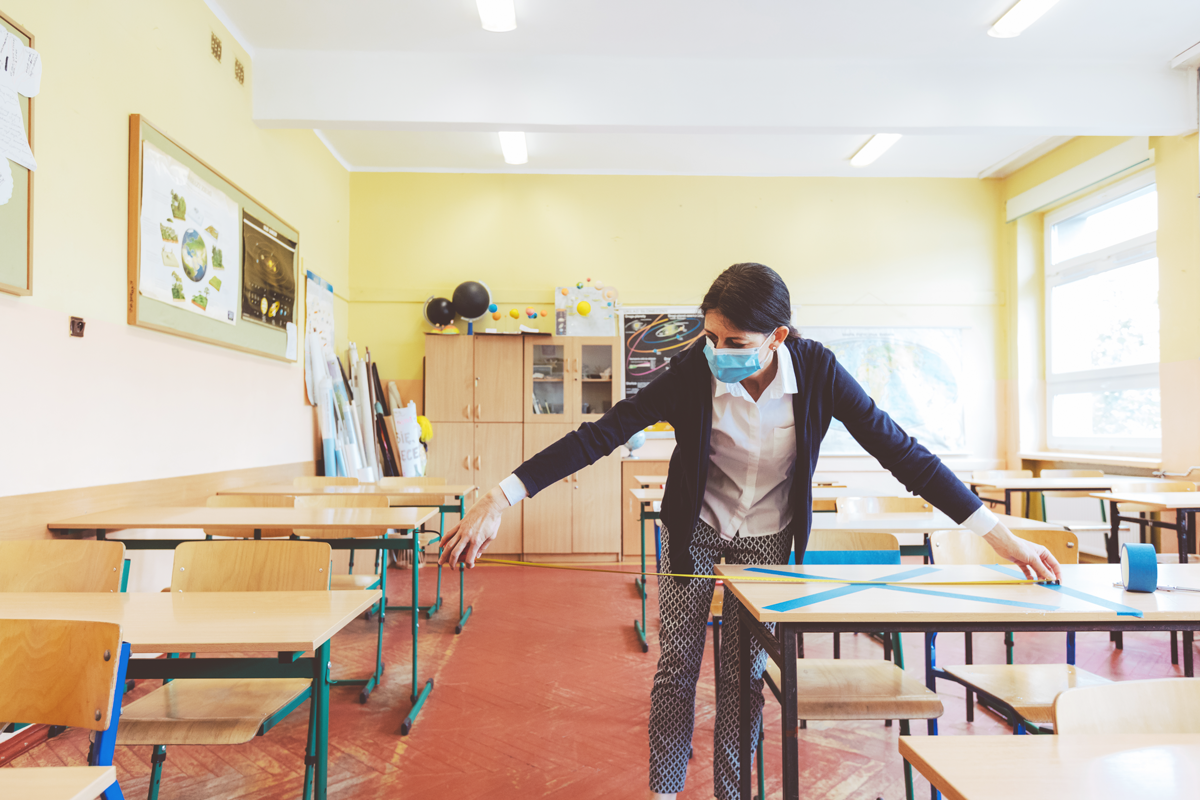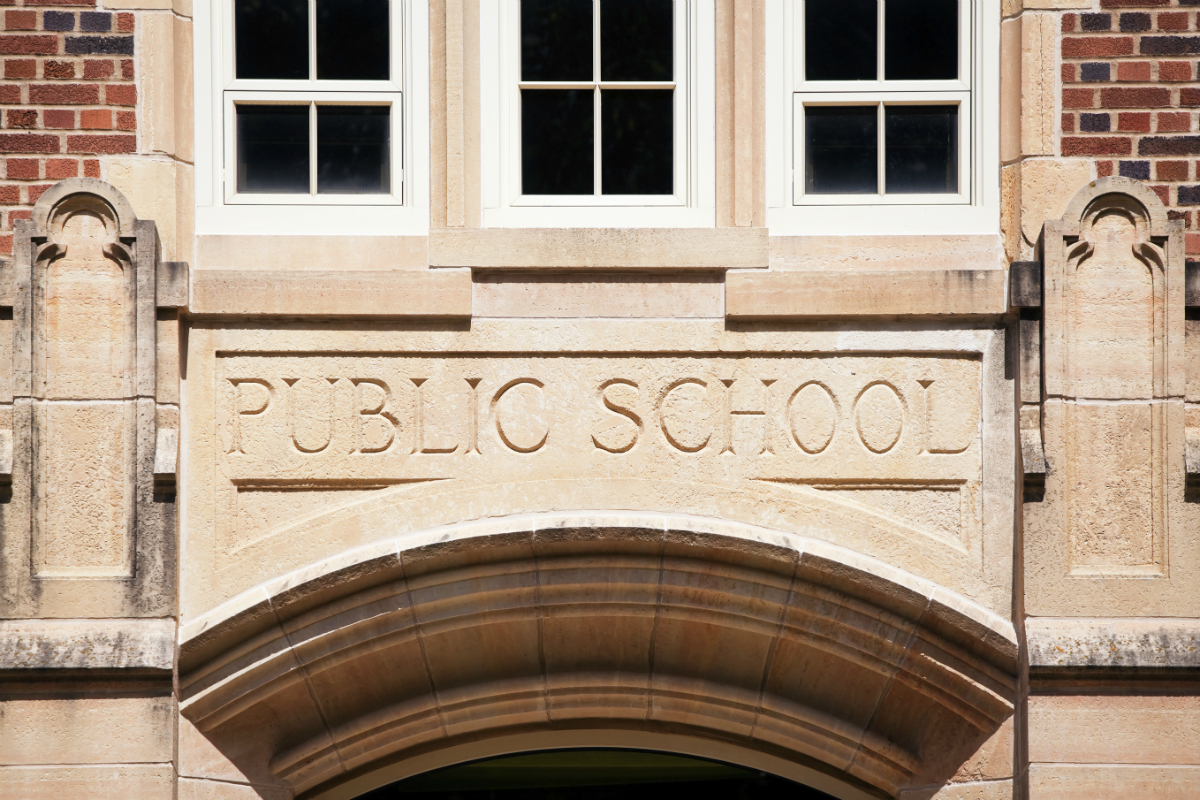Officials from the administration, the State Board of Education and the California Department of Public Health sought to provide more information about the waivers, as well as school reopening and closure requirements and more described in recently updated state guidance in a July 20 webinar — “Review of Updated School Guidance” — hosted by State Superintendent of Public Instruction Tony Thurmond.
Asked why the waiver would only apply to the state’s younger learners, Dr. Erica Pan, California State Epidemiologist and deputy director for the Center for Infectious Diseases at the CDPH, said that when considering exceptions, officials looked at not only who would “benefit most from in-person instruction, but also who would be the lowest risk of getting infected in that setting and then infecting others.”
Only about 6 percent of COVID-19 infections and 0.6 percent of related hospitalizations are of children ages 5-17 in California, Pan said. “It seems that younger children seem to have not only less infection, but less serious illness,” she said, noting that the most likely source of infection in schools is from adults working in the facilities.
Mention of the waiver, which can be found as a footnote in a five-page framework for reopening in-person learning for K-12 schools that was released July 17, notes that it may be granted by the local health officer for elementary schools to open for in-person instruction if requested by the superintendent (or equivalent for charter or private schools), in consultation with labor, parent and community organizations.
Local health officers must review local community epidemiological data, consider other public health interventions and consult with CDPH when considering a waiver request.
These discussions, or consultations, should already be commonplace, said Ben Chida, deputy cabinet secretary for Gov. Newsom. “In a lot of ways, the waiver process is a formalization of what should already be happening, which is communication and collaboration between local health officers, school officials, parents, staff and labor organizations and community stakeholders,” he said. “If you look at what’s outlined so far in the guidance with regard to the waiver, it’s really just touching on the things that should be happening more writ large, but then focusing specifically on one decision, which is whether or not to reopen elementary school for in-person instruction.”
Maintaining small cohorts to reduce the spread may help keep schools open
Currently, more than 30 of California’s 58 counties — representing more than 90 percent of the state’s schoolchildren — are on the watch list, which requires that they close, among other things, in-person school instruction for a minimum of 14 days. Counties will be removed from the list only if their coronavirus data falls below a number of benchmarks, including rates of infection, transmission and hospitalization.
Due to the variation even within counties, Pan and others said that each waiver will be made on a case-by-case basis that takes into account factors within each community.
“There are always local factors that go into making decisions (about waivers),” Pan said, responding to one question regarding a hypothetical district with few COVID-19 cases on the edge of a county struggling to slow the spread in other parts of its geographic boundary.
Presenters emphasized that districts in counties that are not currently on the watch list, but are subsequently added to the list, are not required to close their schools when their county’s status changes. Rather, they should begin or increase the frequency of staff testing for coronavirus once their county is placed on the watch list.
To help ensure that COVID-19 is less likely to spread within schools that reopen, State Board of Education President Linda-Darling Hammond said that there are a number of promising strategies emerging from other parts of the world. Creating groups or pods of people who stay together, for instance, is key to the possibility of reopening campuses, staying open and minimizing infection.
“Trying to keep schools open depends in part on getting cohorts of kids and staff who stay together and are not cross referencing with lots of other staff and students,” Darling-Hammond said. “In many countries that have stayed open successfully, the children and teacher stay together for lunch and recess. You keep the number of people who are in contact with each other very small. Then if you have some infection that occurs you may need to send that cohort home, but you don’t need to close the entire school.”
Despite efforts to provide more details about the waiver to attendees, questions repeated in the webinar’s chat showed that there was still confusion among many viewers. Chida said in closing that there were no universal answers because so much of the discussion tied to school closures is linked to local conditions.
“I think what this conversation illustrates is that there are so few hard and fast rules when it comes to our COVID response,” Chida said. “A lot of it is truly a balance between risk versus protection versus practicalities, etc., which is the reason why we really depend on the collaboration and judgement of local officials to make a lot of these determinations.”




